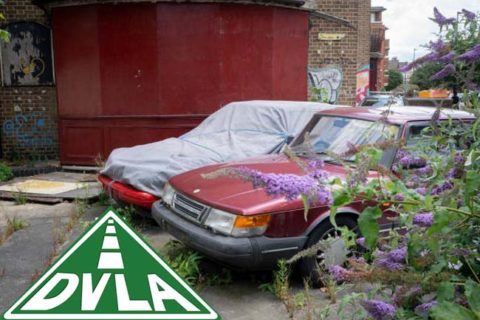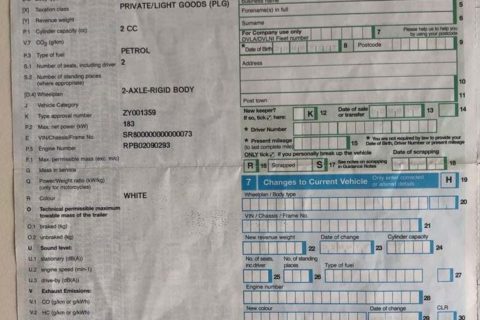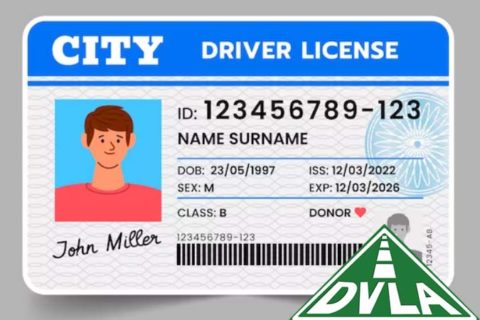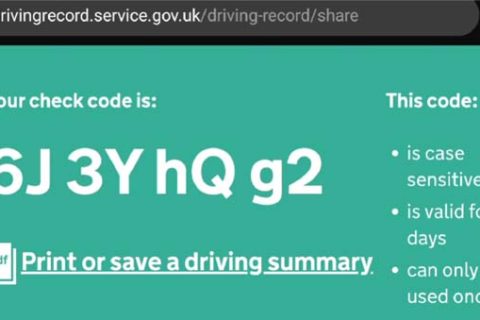In order to still be able to drive your car legally, even if it is older than three years, passing the MOT test is a must. Afterwards, it is necessary to retest your car every year on the anniversary of the last MOT test. Basically, an MOT (Ministry of Transport) test is conducted to test the roadworthiness of a vehicle.
When an MOT test is carried out on a car, quite a few cars definitely fail. And it is not only caused by fatal errors; simple errors that can be easily fixed could be one of the reasons why vehicles fail the MOT test. Of course, knowing a comprehensive MOT guide can be helpful when you should do an MOT test on your car.
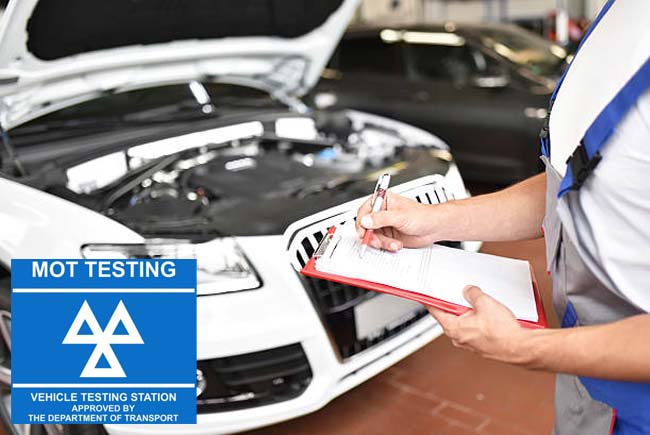
No worries! This post has discovered what you need to check on your car before an MOT test, including what gets checked in a test, the reasons why a car fails an MOT test, and what happens if your car fails the MOT test. Okay, here’s everything you can know about them!
DVLA MOT Test Checklist to Help Your Car Pass It
After you have booked an online MOT, it’s very important for you to inspect your car, including:
|
Interior checks |
|
|
Exterior checks |
|
|
Under the bonnet checks |
|
|
Under the vehicle checks |
|
Well, your car will be tested entirely based on the sections above.
Before going for an MOT test, you’ll have to keep your car clean both inside and out. Make sure to clean the number plates so they are readable when tested. Don’t forget to check your car’s boot to ensure it’s neat and not cluttered with anything. You should know that an excessively dirty car can lead to an examiner being rejected to conduct the MOT test.
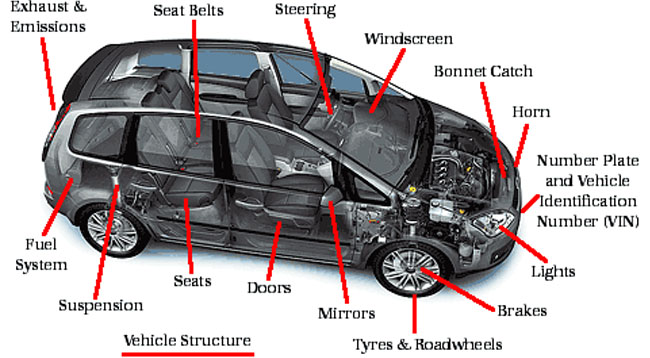
The following are the parts of your car that you should check before an MOT test:
1. Tyres
The allowed tire tread depth is 1.6 mm in a continuous line around the center ¾ of the tire. If your car’s tires are less than this, you may need to replace them before the MOT test. However, tire tread is very simple since most cars have a tread wear indicator. You can also find a protruding ridge across the tire at the bottom of the groove, and it is about 1.6 mm.
2. Brakes
Brakes could also be a very important component, along with tires. To pass the MOT test, your car’s brakes must work properly. The examiner will check whether or not your car’s brakes are correctly balanced and decelerate effectively.
Additionally, the handbrake should also function and hold your car firmly, even on a steep incline. The condition of your brakes will be assessed by inspecting the discs, calipers, and pads, plus the relevant cables and pipes. They will also check the brake servo and master cylinder under the bonnet.
3. Exhaust and Emissions
Your car’s emissions will also be tested with specialist equipment that is connected to your car’s exhaust. It will be conducted for fuel-powered vehicles. With much stricter standards for newer cars, the legal limit will vary depending on the age of your vehicle.
If your car delivers excessive noise and smoke is seen from the tailpipe, it will fail the MOT test. Of course, the examiner will check both the fuel filler cap and exhaust system to determine whether or not they have been fixed properly to prevent possible leaks.
4. Horn
However, your car’s horn should work properly and be loud enough to be audible to other vehicles. If it doesn’t work, there might be an accident since you cannot signal to other vehicles when you turn or something like that.
5. Fuel and engine oil
To undergo a MOT test, your car will need enough fuel and engine oil. However, the examiner will run the engine to check exhaust emission levels. They may also refuse to test your car if the fuel or engine oil level is too low. To check your car’s fuel and engine oil, you can use a dipstick.
6. Lights
Checking your car’s headlights, brake lights, number plate lights, side lights, and hazards lights is what you should do before a MOT test. Of course, all the lamps in your car should work properly. The alignment of the headlights will also be checked and adjusted if necessary to avoid dazzling oncoming traffic.
7. Seats and seatbelts
You also need to check if the driver’s seat can normally move and lock securely in any position. For seatbelts, you may have to inspect every one fully to know if they retract properly, have any cuts or fraying, clip in and unclip without difficulties, are locked in properly once clipped, and are securely attached to the floor or seat.
8. Windows, wipers, and mirrors
One of the most common causes of MOT failure is damage to the windscreen. If the windscreen is within the area swept by the wipers, chips and cracks should measure less than 10 mm.
Of course, the wipers should also operate properly, and the rubber blades should be in good condition. In addition, rear-view mirrors should also be secure and not damaged to an extent that can disturb the driver’s vision.
9. Steering
To pass the MOT test, make sure the steering wheel and column are in good condition. If it is broken, you may need to fix it properly without any ‘free play’ in the system. However, the steering bearings will be inspected for wear. And all bolts, gaiters, clamps, and universal joints must also be checked. Additionally, your car’s wheels should not foul the bodywork on full lock.
10. Bodywork
Basically, rust is a serious issue, especially for older cars. If your car has it, it can lead to MOT failure. Excessive corrosion on safety-related parts, such as brakes and steering, is forbidden. In addition to checking the rust, sharp edges on your car’s bodywork caused by accident damage are also not permitted since they can injure pedestrians.
11. Vehicle Identification
The vehicle identification number (VIN) of your car should also be displayed. Your VIN can usually be found at the base of the windscreen or on a stamped metal panel under the bonnet. To make it readable, a quick wash will be helpful and sufficient.
12. Tow Bar
If your car has a tow bar, it should be secure and corroded so it can work properly.
13. Suspension Check
You also need to check the shock absorbers on your car. To do so, you can try applying your weight to each corner of your car and then quickly releasing it. However, the corner of your car must quickly return to its original position. Your car’s shock absorbers may be damaged and should be checked if it bounces more than twice.
Why Does Your Car Get an MOT Failure?
In addition to not fulfilling the checklist that we’ve mentioned for the MOT test, there are several additional reasons why your car fails when undergoing an MOT test that drivers sometimes don’t realize. Here they are:
- Every part of your car is dirty, such as the windows, mirrors, and bodywork.
- Your boot and cabin are messy.
- Wipers are not topped up.
- Your car does not have a VIN displayed, and it may be incorrect and dirty.
- Stickers on the windshield block the driver’s vision.
- A warning light turns on the dashboard.
What Happens If Your Car Fails Its MOT Test?
If it records a major or dangerous fault, your car will fail an MOT test. If it happens, you may need to fix your car before it can be retested. You can also ask the examiners what things should be fixed. Until it has been repaired, you may not be allowed to drive it away.
You also need to get your MOT booking secured in enough time before its due date. If you drive your car without an MOT, it will become illegal and may put you at risk of prosecution. Without a current and valid MOT certificate, you cannot really tax your car.
When it comes to your car passing the MOT test, you will receive a fresh MOT certificate with the test date in it and also the date of expiry, so you will know when your next test is due. Keep in mind that there is no MOT grace period. As soon as your MOT expires, you’ll have to retest your car.

A bookworm and researcher especially related to law and citizenship education. I spend time every day in front of the internet and the campus library.
